|
|
|
|
Species Photo Gallery for Xenoliarus montanus No Common Name 9 |
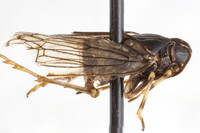 | Photo by: A.M. Deczynski
Out Of State Co.
Comment: malerncoll. A.M. Deczynski | 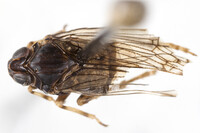 | Photo by: A.M. Deczynski
Out Of State Co.
Comment: malerncoll. A.M. Deczynski |
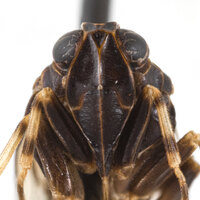 | Photo by: A.M. Deczynski
Out Of State Co.
Comment: malerncoll. A.M. Deczynski | 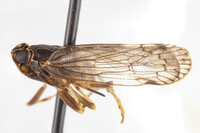 | Photo by: A.M. Deczynski
Out Of State Co.
Comment: coll. A.M. Deczynski at lightrndet. C.R. Bartlett |
 | Photo by: A.M. Deczynski
Out Of State Co.
Comment: coll. A.M. Deczynski at lightrndet. C.R. Bartlett |  | Photo by: A.M. Deczynski
Out Of State Co.
Comment: coll. A.M. Deczynski at lightrndet. C.R. Bartlett |
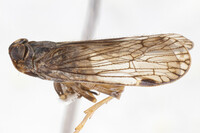 | Photo by: M. Frye
Out Of State Co.
Comment: UDCC_TCN 00003344rncoll. M. Fryerndet. C.R. BartlettrnMale | 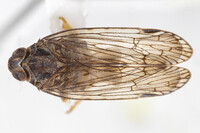 | Photo by: M. Frye
Out Of State Co.
Comment: UDCC_TCN 00003344rncoll. M. Fryerndet. C.R. BartlettrnMale |
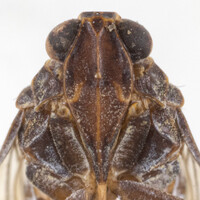 | Photo by: M. Frye
Out Of State Co.
Comment: UDCC_TCN 00003344rncoll. M. Fryerndet. C.R. BartlettrnMale |

 »
»
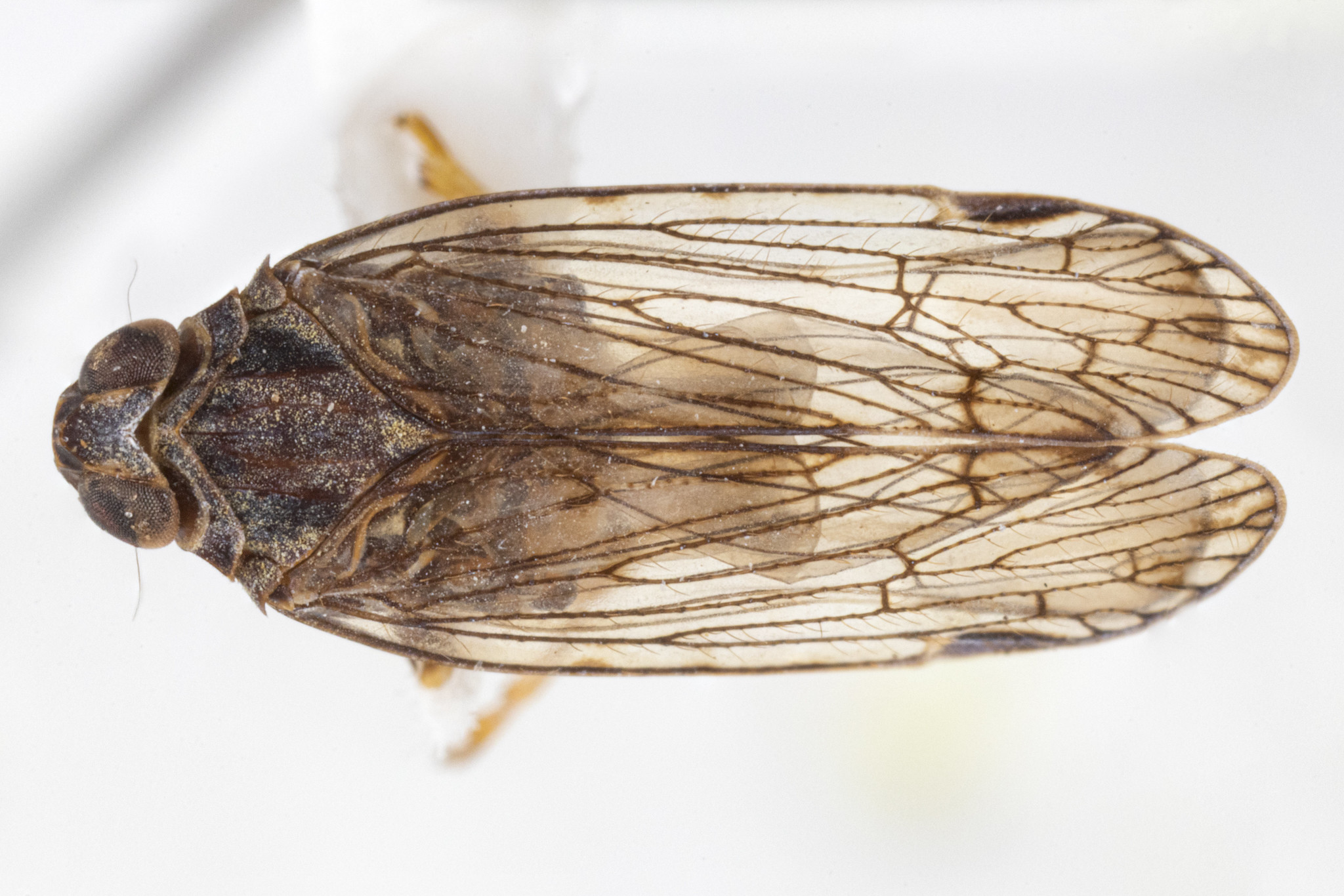
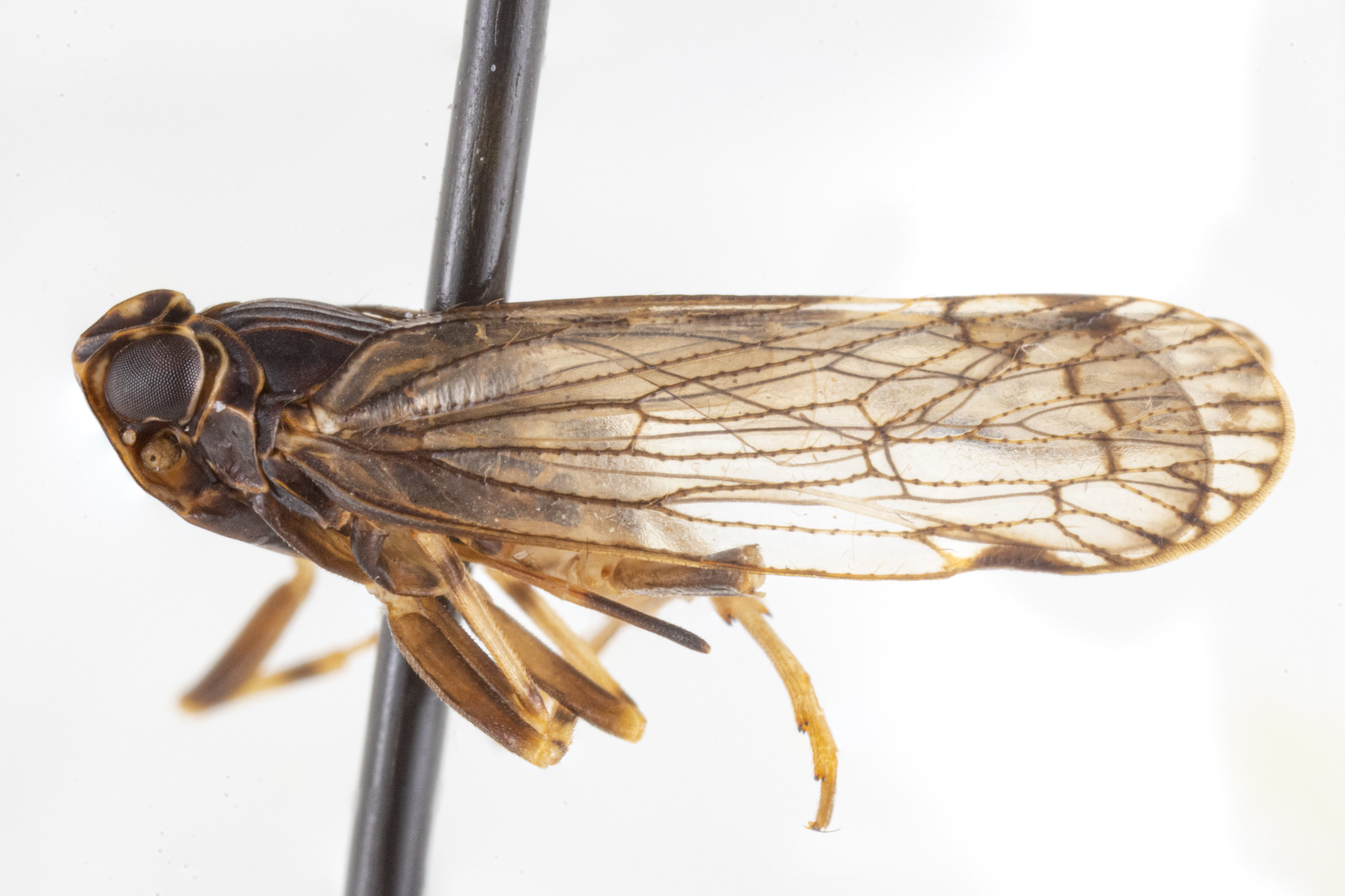


 »
»


